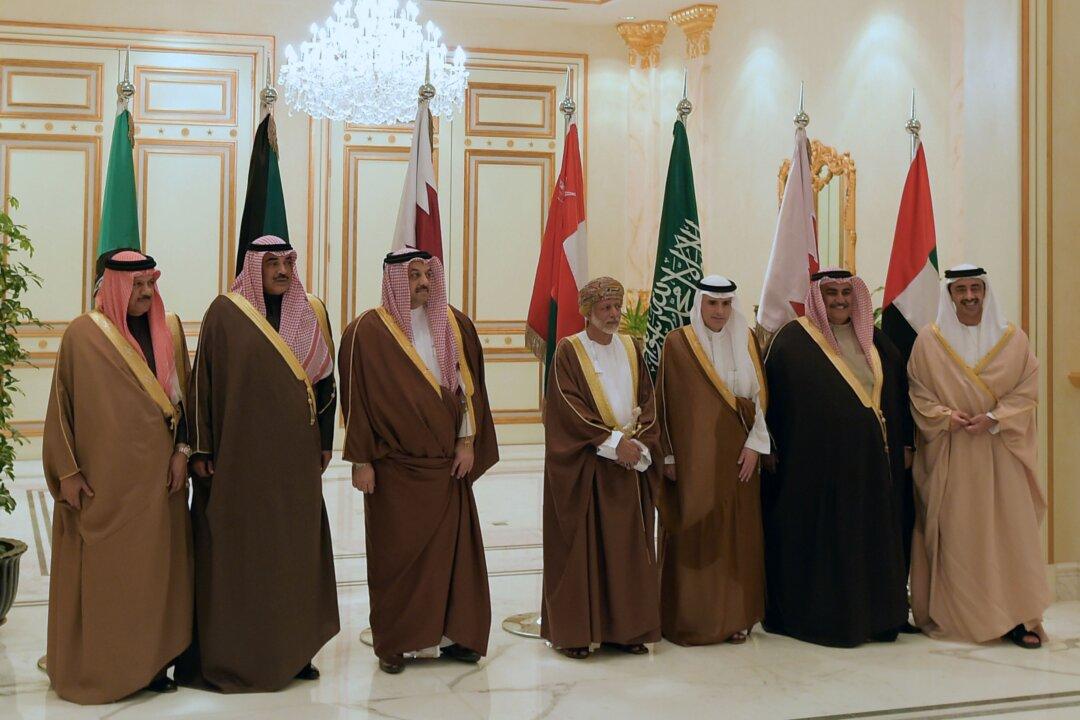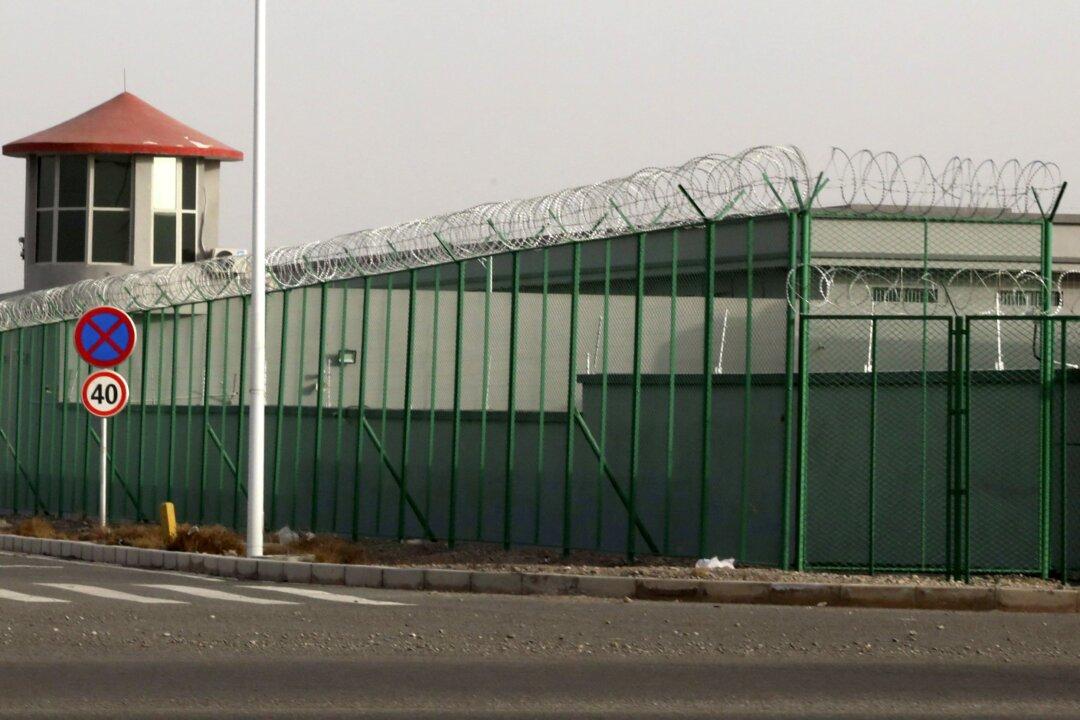Much diplomatic maneuvering succeeded in bringing arch enemies Saudi Arabia and Iran face-to-face in Vienna last October at the international negotiations on the Syrian conflict. Defeating the Islamic State (ISIS) and its myriad horrors across the Middle East and elsewhere was a major motivation for some governments doing the bridging.
The Saudi execution of 47 persons early this month, including prominent Shiite cleric Sheikh Nimr al-Nimr, severely aggravated an already icy bilateral relationship. Al-Nimr lived in Saudi Arabia’s oil-rich eastern region, where Shias have long been considered mistreated by the Sunni majority.
Iran’s Supreme Leader Ayatollah Ali Khamenei threatened “divine vengeance” for the executions; protesters soon set fire to the Saudi Embassy in Tehran. Saudi Arabia, Bahrain, the United Arab Emirates (UAE), Sudan, and Somalia almost immediately then expelled Iranian diplomats from their capitals.





